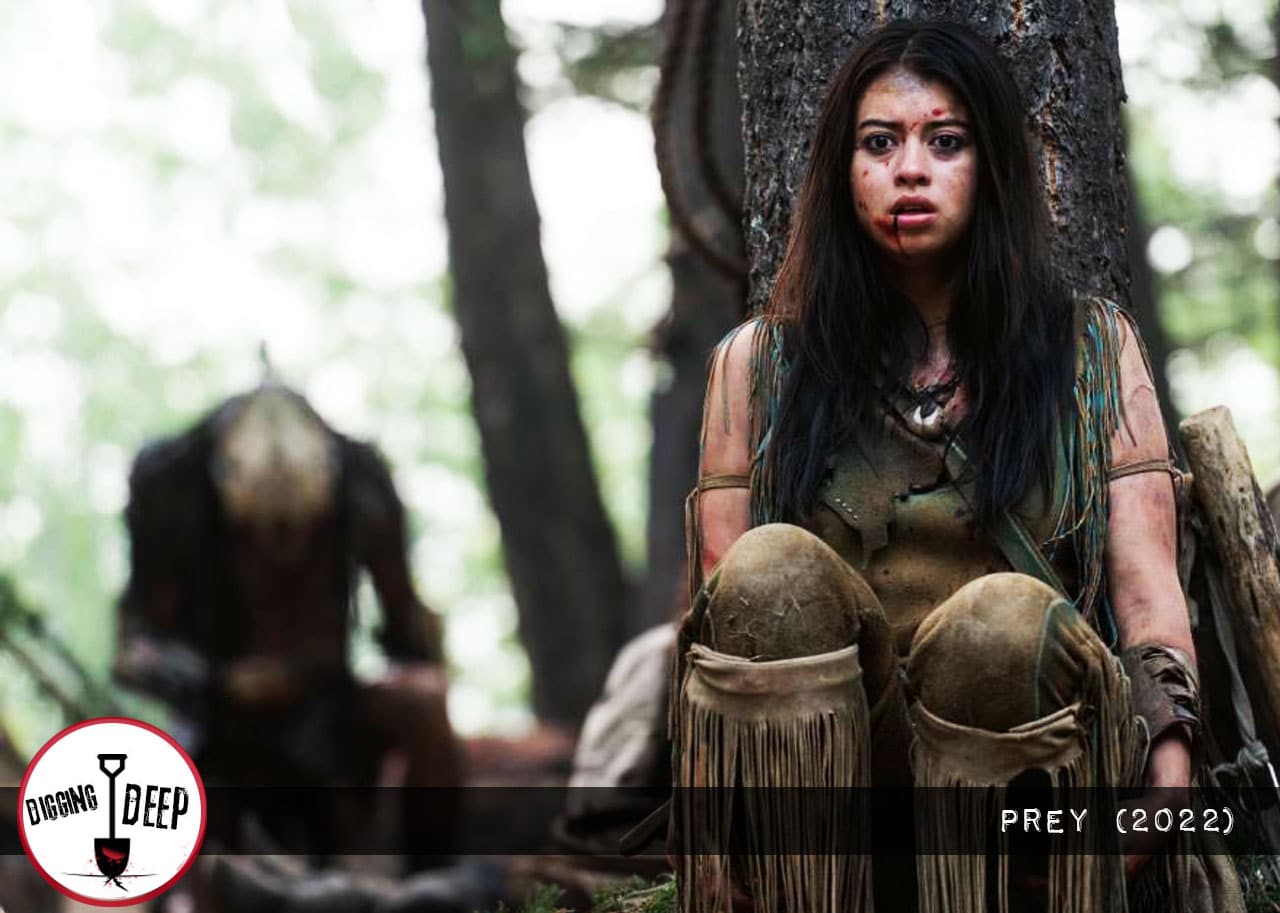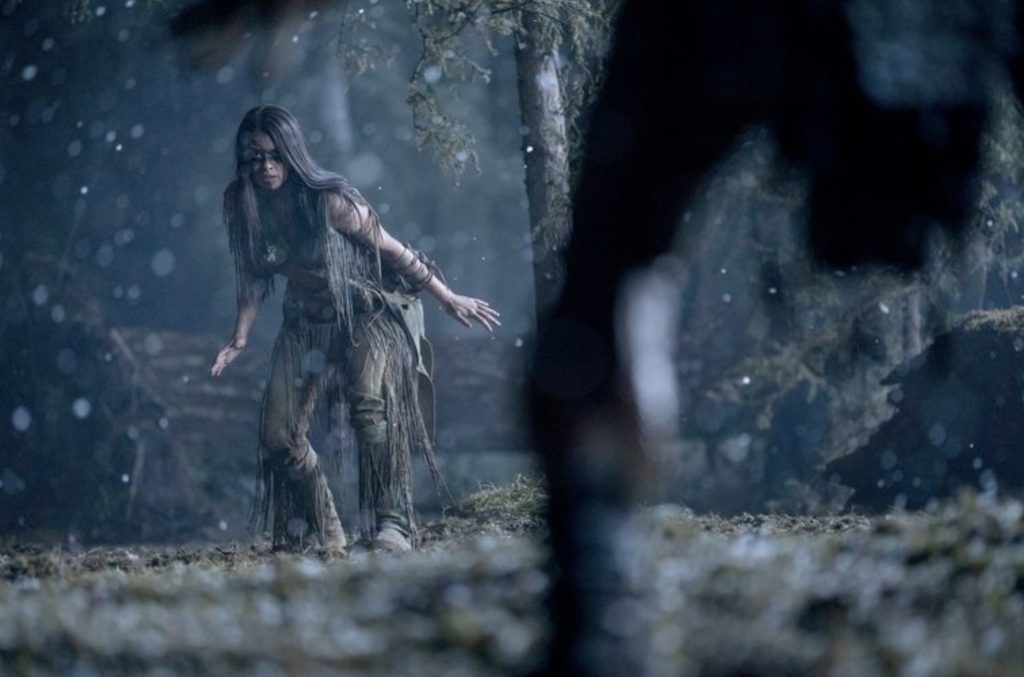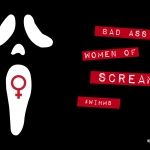A remarkable addition to a popular franchise, “Prey” stands on its own as a smart, sophisticated horror film with a strong feminist bent.
When John McTiernan’s action slash science fiction slash horror film Predator hit the big screen in 1987, starring Arnold Schwarzenegger alongside a platoon of powerful protagonists, audiences were reminded – not for the first and definitely not for the last time – that magnificent changes in film simply need a moment or two to gestate, to evolve, to catch up with the biology of the universe.
That’s the nature of time if we’re meant to understand it correctly.
And for its own part, Predator broke down genre doors with its seemingly chameleon-like abilities, and yet the majority of the audience didn’t know it was happening at that time.
Predator followed on the heels of other proto-slasher films like Jaws (1973), Piranha (1978), Alien (1979), and countless films of the 80s and 90s in which animals left unchecked in nature were suddenly cast as man’s greatest enemy.
As knife-wielding serial killers stalking high school coeds began to give way to a menagerie of murderous monsters, it never felt as if Jaws would fully replace Jason or that a rabid monkey would ultimately usurp Michael Myers. It would be ridiculous for anyone to imagine that animals could be trained to do so.
But in Dan Trachtenberg’s 2022 unanticipated and incredibly unimaginable prequel to McTiernan’s groundbreaking Predator – entitled Prey – the audience understands early a bit of fundamental wisdom about the motion picture’s core:
“Not every smart creature is easy to train.”
Truer words aren’t spoken at any other moment of the film.
In the movie, an underestimated yet very capable Comanche warrior, Naru (Amber Midthunder), not only fights in order to prove her worth as a survivor within the territory but also fights to protect her tribe from a deadly, highly-evolved Predator that hunts living creatures for sport.
She is tasked with fighting against the elements, European colonists, and the alien monster in order to keep herself and her people alive.
Prey premiered at San Diego Comic-Con on July 21st, 2022, and was released by 20th Century Studios as a Hulu original film on August 5th. Nominated for Emmy awards in categories including Outstanding TV Movie, as well as Outstanding Directing, Editing, Music Composition, and Sound Editing in the same category, Prey won the Fangoria Chainsaw Award for Best Lead Performance (Midthunder).
Since then, an announcement has been made that the movie would make its long-awaited debut on physical media on October 3rd.
It was an interesting move, electing to premiere the film on Hulu when it’s likely that the movie would have been a significant success in theaters. The budget flooded into the film’s special effects was not wasted.
The film’s CGI, even when centered around the terrestrial animals that populate Naru’s territory, is impressive, and the character design for the Predator itself is fascinating.
In transforming the Predator’s appearance so that it would naturally predate the recognizable look of McTiernan’s 1987 original, StudioADI’s award-winning industry creators became responsible for a masterstroke in composition.
Designers Alec Gillis and Tom Woodruff Jr. – both contributors to the 1987 Predator design – seamlessly devolved the original alien so as to create a hunter that would organically exist in 18th-century America.
Gone was the hulking physique of McTiernan’s Predator, perhaps made comfortable in many years of incontestable close and ranged combat. In its place stood the more primordial hunter (played by Dane DiLiegro) that would track Naru across untamed territory.
Now much more svelte in its appearance, the Predator more closely resembled the Indigenous people it would hunt, even its locks thinner than that of the 1987 original.
If McTiernan’s Predator was the symbol of a hunter that would competitively match methods and wits against similarly bulky human specimens, then Trachtenberg’s Predator would look more like an alien creature that was not thriving so much as surviving, the characteristic creature’s mask no longer forged out of steel but chiseled out of prehistoric bone.
But the parallel structures of the 1987 film and its 35-year-old successor did not stop there.
In the 1987 film, Schwarzenegger’s Dutch is a veteran professional in his work, a formidable opponent for even the deadliest Predator foolish enough to set its sights on the planet Earth. But he and the rest of his team, despite being armed with all manner of military hardware, inevitably find it impossible to survive the Predator’s invisible assault. And even then, Dutch appears traumatized beyond belief from the experience, forever changed.
Meanwhile, only the sole survivor of the jungle guerrilla assault – an apparently helpless female named Anna (Elpidia Carrillo) – is spared the violence … and only because she doesn’t carry a weapon and is therefore not a threat to the Predator. She is the truest victim of the 1987 film, disregarded for her apparent inability to affect or impact her surroundings, let alone stand up to the alien hunter itself.
Similarly, in Prey, Naru is at first consigned to gathering roots and herbs that will serve as medicines. Her role is that of a caregiver who administers attention to those who have already been wounded, not of a great warrior who would proactively hunt that which would be mighty enough to hunt her. When asked by Aruka (Michelle Thrush) why she wants to hunt, Naru responds emphatically, “Because you all think I can’t.”
And that is the unique nature of Prey, a film as much about the predator-prey game of cat & mouse that has become so synonymous with horror films, with those classic final girl slasher movies.
In movies such as these, characters like Naru are diminished to the point that they would appear at first like fragile scenery. Yet even Naru’s older brother Taabe (Dakota Beavers) admits to Naru when he valiantly returns to the tribe with a dead lion in tow that he could not have done it without Naru’s quiet, unspoken mythologies.
Taabe could not have accomplished this feat without Naru in his head, for she sees things that he cannot, he tells her. Whether she has been able to immediately demonstrate it in the field or not, Naru is more capable in her abilities and promise than her celebrated brother.
Naru explains to the Predator in the film’s final act before she defeats him, “You think that I am … not a threat. That is what makes me so dangerous. You can’t see that I’m killing you.”
And while this is not meant to suggest that the Anna framed in McTiernan’s Predator was a symbol of what women once were or would be for the foreseeable future, Naru cast a spear across the nose of the deadliest creatures that crossed her path in Prey, including the Predator itself.
The result is an image of a young female Comanche as much in charge of defending her tribe as saving the entire planet Earth when it would be two more cinematic centuries before behemoths like Arnold Schwarzenegger could do that.
Perhaps that’s the nature of time.
If we’re meant to understand it correctly.


















Follow Us!